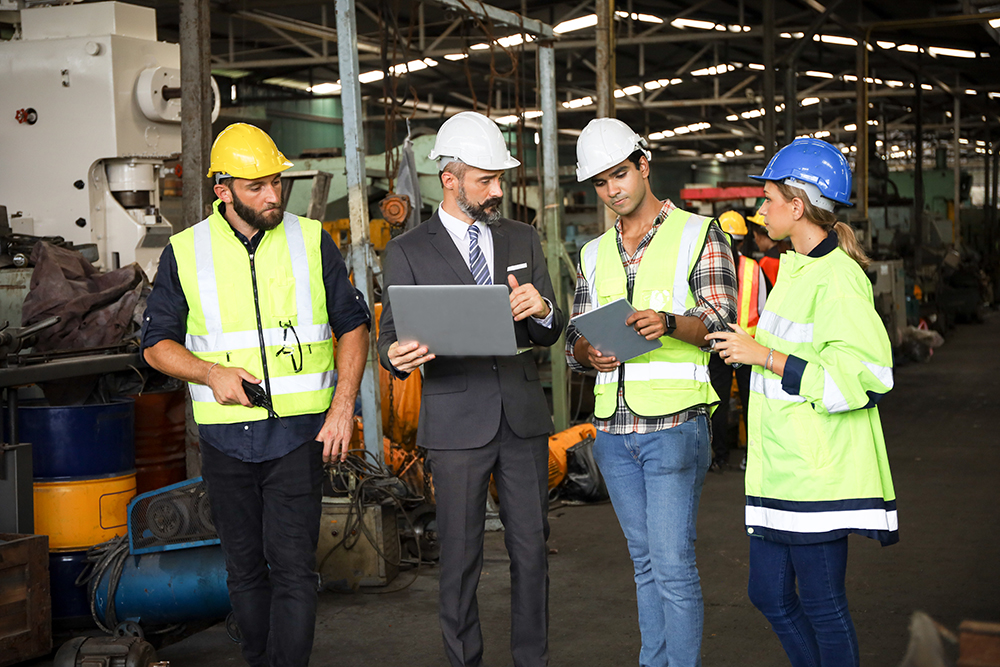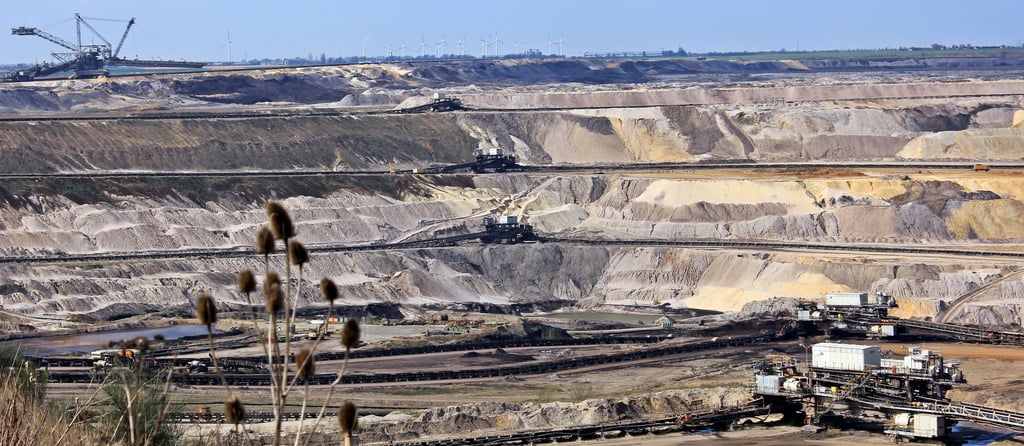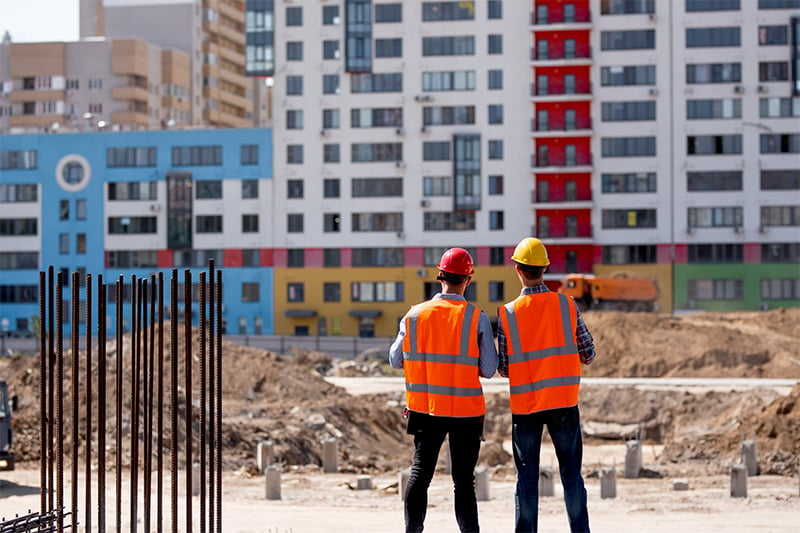Commitment to safety by senior leaders is essential to developing a culture of safety and sustaining it over the long term. Workers in dangerous industries such as mining, energy, and industrial manufacturing, face daily risks to their lives. While policies, procedures and systems are critical to making work environments safe, it is the senior management team that has the ultimate responsibility and the strongest ability to influence employees and outside workers in how they view safety practices. Through consistent action, leadership can reinforce safety values and norms, and unite different groups across the jobsite (and organization). Without this commitment from leadership, a safety culture simply cannot exist.
Health and Safety Standards: Driven from the top, and applied equally to everyone
All the occupational health and safety experts interviewed for Zero Harm agreed on one principle: without commitment and endorsement from senior management, a culture of safety is unsustainable. It is an essential element of a safety culture. “Health and safety should be a continuous priority, and driven from the top,” a health and safety director stated.
Visible Felt Leadership as the Foundation for Safety
Several organizations interviewed for our whitepaper "Zero Harm" specifically encouraged implementation of visible felt leadership, or VFL. Felt leadership requires leaders to clearly and visibly behave in ways that promote health and safety. It also requires celebration and recognition of major safety milestones, and incorporates all levels of workers.
This means more field work by the senior management. It also requires leaders to demonstrate through action that they truly believe in maintaining a safe and healthy work environment. This demands more interaction with workers and a passion for achieving zero work-related injuries and incidents.
Rather than treating health and safety as simply another statistic, a compliance matter, or a talking point, VFL integrates trust and genuine care for the well-being of employees, contractors, and communities. It is ultimately about behaviour. VFL empowers workers to say no to unsafe practices without fear of reprimand.
At one mine, felt leadership is used as an important leading indicator. “The company’s approach to VFL begins at the CEO, and cascades down to the superintendent level. There is a minimum number of VFL floor visits that must be performed each month, and this data is tracked,” said an OHS director. While measuring incident rates is important, leading indicators such as VFL visits are important metrics in gauging an organization’s safety performance.
Safety Increase Profitability
Companies that have management buy-in are the most effective in reducing workplace injuries. Making safety a priority has a direct effect on profitability. C-suite buy-in, engagement, and involvement in safety programs can produce a 50% reduction in the total recordable incident rate (TRIR). If senior management is absolutely committed to health and safety, it will reflect in the actions and beliefs of the employees. It demonstrates that leadership is committed to their quality of life and well-being, and not just output. “At the mine, safety is driven from the president and project directors,” said another director.
The need of leadership commitment to health and safety is clear, as are its benefits. Companies that have management buy-in and treat contractor safety performance as part of their own performance measurement, are most effective in reducing workplace injuries. And, because they reduce incident-related downtime and disruptions, they can also outperform the competition on profitability.
Looking for more information on contractor management and safety?
Contractor management and safety is an important subject in many industries. From mining to energy to pharmaceuticals, creating a safe workplace for contractors is paramount, not just for worker health, but for business success as well.
Our new whitepaper, Zero Harm: 7 Key insights to consider in creating a safer workplace for contractors, is built on the perspective and experience of health and safety leaders. It discusses challenges and reflections and offers solutions and best practices on how to improve worker health and safety.





